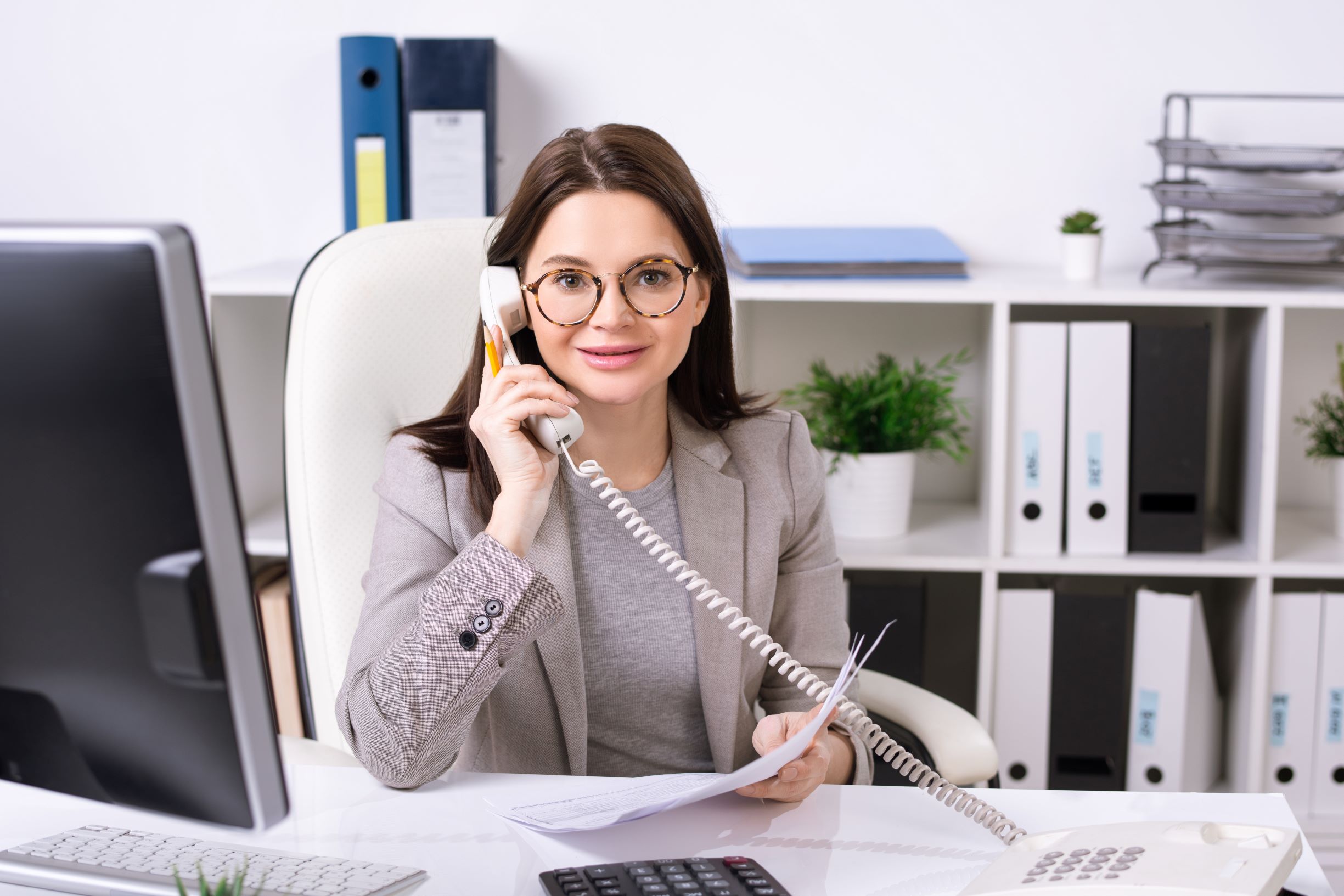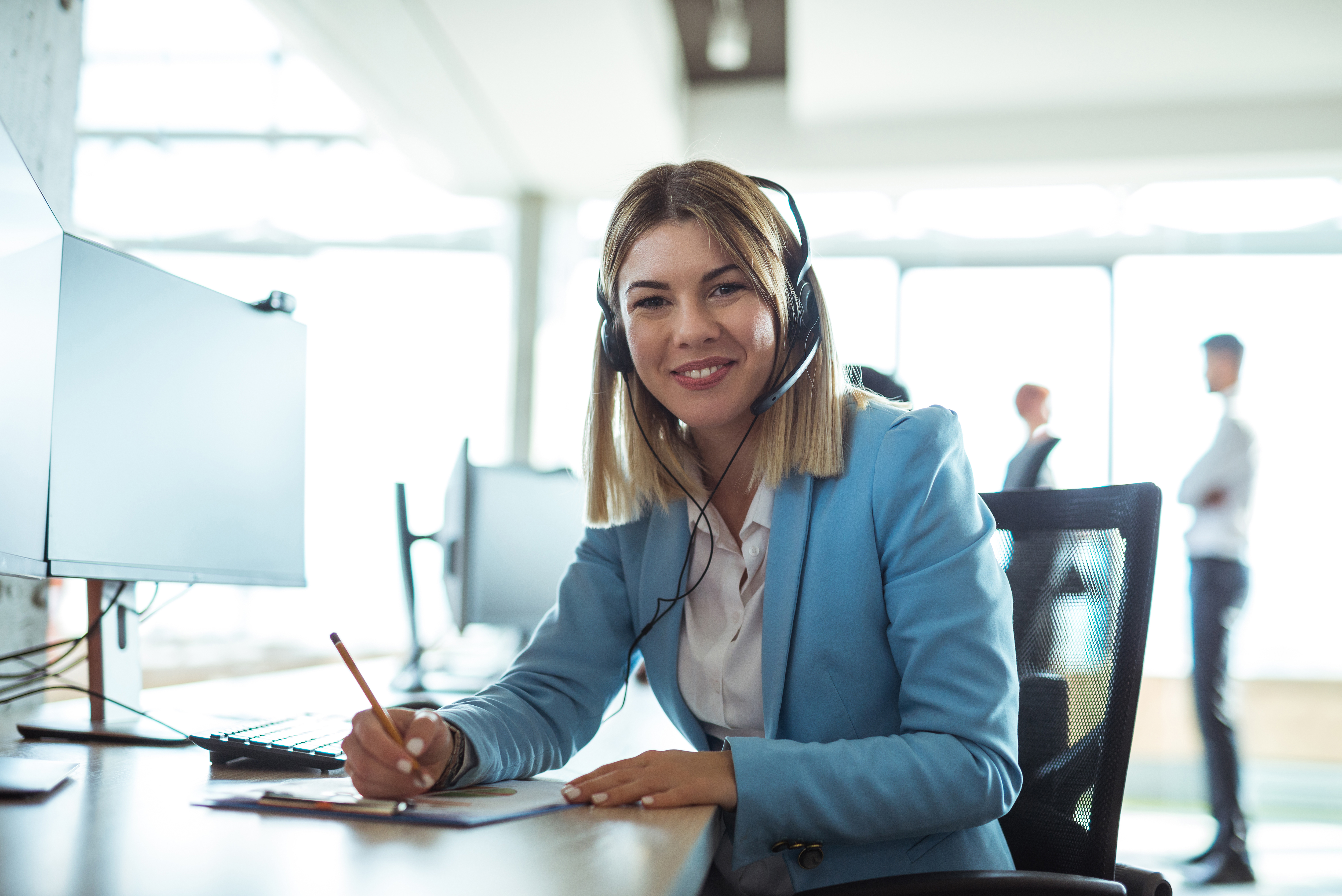All Categories
Featured
Table of Contents
- – What Is The Best Telstra Voice Features & Servi...
- – Best What Is A Phone Answering Service? Store ...
- – What Is The Best Telephone Answering Service F...
- – What Is The Best What Is An Answering Service...
- – What Is The Best Virtual Receptionist - Answe...
- – Which Brand Of How Outsourced Phone Answerin...
What Is The Best Telstra Voice Features & Services - Home Phone Available
This gadget and its successors were developed by Sava Jacobson, an electrical engineer with a private consulting organization. While early answering devices utilized magnetic tape innovation, a lot of contemporary devices utilizes strong state memory storage; some devices use a combination of both, with a solid-state circuit for the outgoing message and a cassette for the incoming messages.
"toll conserving" below) (telephone answering service). This is beneficial if the owner is evaluating calls and does not want to consult with all callers. In any case after going, the calling party must be notified about the call having actually been responded to (for the most part this starts the charging), either by some remark of the operator, or by some welcoming message of the little, or dealt with to non-human callers (e.
This holds particularly for the Littles with digitally kept welcoming messages or for earlier makers (before the increase of microcassettes) with a special endless loop tape, different from a second cassette, dedicated to recording. There have been answer-only devices without any recording capabilities, where the greeting message had to notify callers of a state of current unattainability, or e (business answering service).
Best What Is A Phone Answering Service? Store Near Me

about schedule hours. In tape-recording TADs the greeting typically consists of an invitation to leave a message "after the beep". A voice mail that utilizes a microcassette to record messages On a dual-cassette answerphone, there is an outgoing cassette, which after the specified number of rings plays a pre-recorded message to the caller.

Single-cassette voice mail contain the outbound message at the start of the tape and inbound messages on the remaining space. They first play the statement, then fast-forward to the next readily available space for recording, then record the caller's message. If there are numerous previous messages, fast-forwarding through them can cause a considerable delay.
This beep is often described in the welcoming message, requesting that the caller leave a message "after the beep". Littles with digital storage for the taped messages do disappoint this hold-up, of course. A TAD might use a remote control facility, where the answerphone owner can ring the house number and, by entering a code on the remote telephone's keypad, can listen to taped messages, or erase them, even when away from house.
What Is The Best Telephone Answering Service For Smes - Myco Works To Buy Now

Thus the device increases the number of rings after which it addresses the call (generally by 2, resulting in 4 rings), if no unread messages are presently saved, however responses after the set variety of rings (typically two) if there are unread messages. This enables the owner to discover whether there are messages waiting; if there are none, the owner can hang up the phone on the, e.
Some devices also allow themselves to be from another location activated, if they have been turned off, by calling and letting the phone ring a particular big number of times (normally 10-15). Some company abandon calls already after a smaller variety of rings, making remote activation impossible. In the early days of Little bits an unique transmitter for DTMF tones (dual-tone multi-frequency signalling) was regionally needed for push-button control, since the formerly used pulse dialling is not apt to convey appropriate signalling along an active connection, and the dual-tone multi-frequency signalling was implemented step-by-step.
Any inbound call is not recognizable with regard to these homes in advance of going "off hook" by the terminal devices. So after going off hook the calls need to be changed to suitable gadgets and only the voice-type is immediately accessible to a human, however possibly, however need to be routed to a LITTLE BIT (e.
What Is The Best What Is An Answering Service And Why Use One? For Me
What if I informed you that you do not need to actually pick up your device when responding to a consumer call? Somebody else will. So hassle-free, right? Answering phone calls doesn't need somebody to be on the other end of the line. Efficient automated phone systems can do the trick simply as effectively as a live representative and often even much better.
An automatic answering service or interactive voice response system is a phone system that interacts with callers without a live individual on the line - professional phone answering service. When business use this technology, customers can get the answer to a concern about your business simply by utilizing interactions established on a pre-programmed call circulation.
Although live operators update the customer support experience, lots of calls do not need human interaction. A simple taped message or instructions on how a client can retrieve a piece of info typically fixes a caller's instant requirement - phone answering service. Automated answering services are a basic and efficient method to direct inbound calls to the best person.
What Is The Best Virtual Receptionist - Answering Service - Phone Answering On The Market Now
Notification that when you call a business, either for support or product query, the very first thing you will hear is a pre-recorded voice greeting and a series of choices like press 1 for customer care, press 2 for inquiries, and so on. The pre-recorded options branch off to other choices depending upon the customer's selection.
The phone tree system assists direct callers to the right individual or department using the keypad on a mobile phone. In some circumstances, callers can utilize their voices. It deserves noting that auto-attendant alternatives aren't limited to the ten numbers on a phone's keypad. As soon as the caller has actually selected their first option, you can design a multi-level auto-attendant that utilizes sub-menus to direct the caller to the ideal kind of support.
The caller does not have to interact with an individual if the auto-attendant phone system can handle their issue. The automated service can route callers to an employee if they reach a "dead end" and need help from a live representative. It is expensive to hire an operator or executive assistant.
Which Brand Of How Outsourced Phone Answering Service Can Help Your ... Is The Best?
Automated answering services, on the other hand, are considerably cheaper and supply substantial cost savings at approximately $200-$420/month. Even if you do not have actually committed staff to handle call routing and management, an automatic answering service enhances efficiency by allowing your group to focus on their strengths so they can more efficiently spend their time on the phone.
A sales lead routed to consumer service is a lost shot. If a client who has product concerns reaches the wrong department or gets incomplete answers from well-meaning staff members who are less trained to handle a particular type of concern, it can be a reason for frustration and discontentment. An automated answering system can lessen the variety of misrouted calls, thus helping your employees make much better use of their phone time while freeing up time in their calendar for other jobs.
With Automated Answering Systems, you can create an individualized experience for both your personnel and your callers. Make a recording of your primary greeting, and just upgrade it frequently to reflect what is going on in your organization. You can produce as lots of departments or menu choices as you desire.
Table of Contents
- – What Is The Best Telstra Voice Features & Servi...
- – Best What Is A Phone Answering Service? Store ...
- – What Is The Best Telephone Answering Service F...
- – What Is The Best What Is An Answering Service...
- – What Is The Best Virtual Receptionist - Answe...
- – Which Brand Of How Outsourced Phone Answerin...
Latest Posts
Cheap Answering Services For Small Businesses Near Me
Dependable Small Business Answering Service Near Me
Cheap Virtual Phone Answering Near Me ( Australia 2912)
More
Latest Posts
Cheap Answering Services For Small Businesses Near Me
Dependable Small Business Answering Service Near Me
Cheap Virtual Phone Answering Near Me ( Australia 2912)